Most of us think of plants as passive little things—soaking up sun, swaying in the breeze, maybe growing a flower or two if they’re feeling generous.
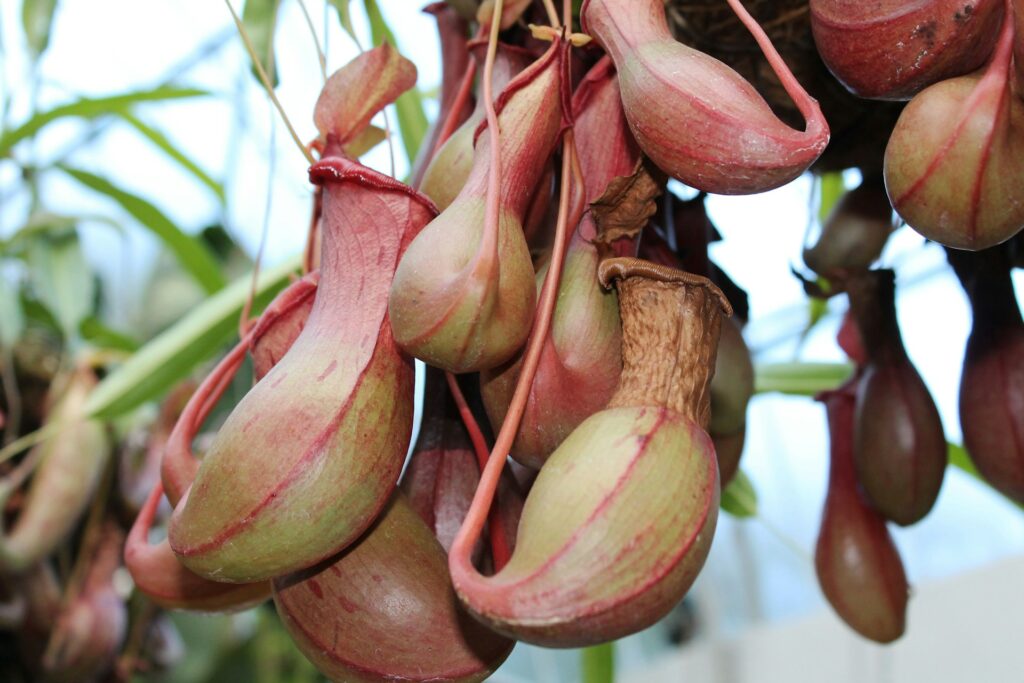
However, some plants aren’t just minding their own business. Some are out there catching, trapping, and digesting prey. And while the Venus flytrap gets all the attention, it’s far from the only one. Here are some carnivorous plants that might just surprise you—if you’ve ever heard of them before, that is!
1. Butterworts: the sticky-leaf assassins
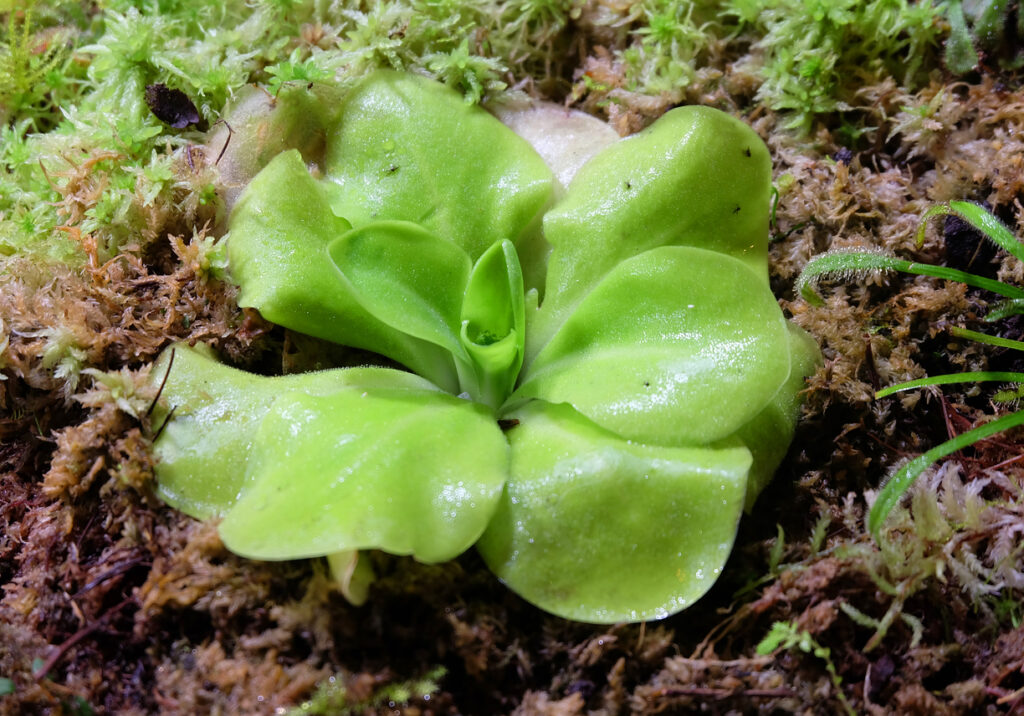
Butterworts look totally harmless—just a flat, leafy rosette with a bit of shine to it. But that shine is actually a trap. Their leaves are coated in a sticky substance that draws in unsuspecting insects looking for water or nectar. Once they land, they get stuck, and enzymes in the leaves start breaking them down.
It’s a gentle but deadly process. Unlike the snap of a Venus flytrap, butterworts slowly digest their prey while looking like nothing much is happening at all. You could walk past one and never suspect it’s quietly digesting a gnat.
2. Bladderworts: the underwater vacuum hunters
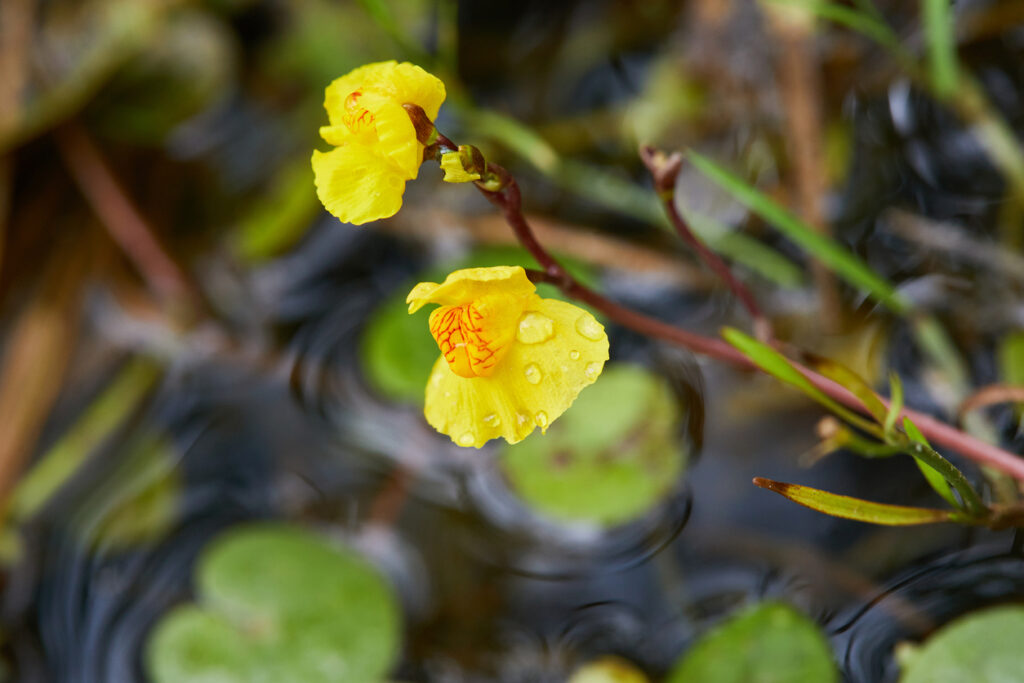
Bladderworts live in ponds and marshes, often floating just below the surface. They don’t look carnivorous at first glance—no teeth, no sticky bits—but hidden on their roots are tiny bladder-like traps that suck in prey with shocking speed.
These bladders use pressure to create a vacuum, and when a small creature like a water flea triggers the trapdoor, it’s sucked in and digested within hours. It all happens in milliseconds, making bladderworts one of the fastest predators in the plant world, even if you’d never guess it from their gentle appearance.
3. Sundews: delicate but deadly
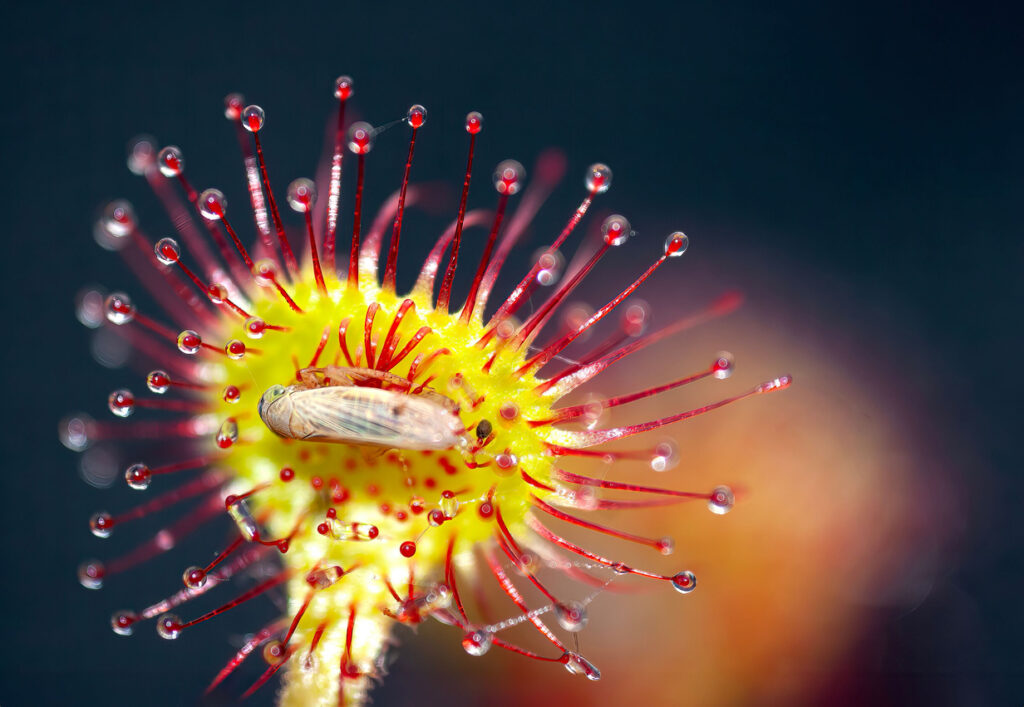
Sundews are some of the most elegant-looking carnivorous plants around. Their leaves are covered in glistening tentacles, each tipped with sticky mucilage that sparkles like dew, hence the name. However, those dewdrops are pure deception.
When an insect lands, the tentacles slowly curl around it, trapping it tighter with each move. Then the leaf starts digesting the prey right where it lies. It’s strangely beautiful and totally brutal. The whole thing unfolds slowly, like a plant performing a dance it’s rehearsed for millions of years.
4. Pitcher plants: nature’s pitfall traps
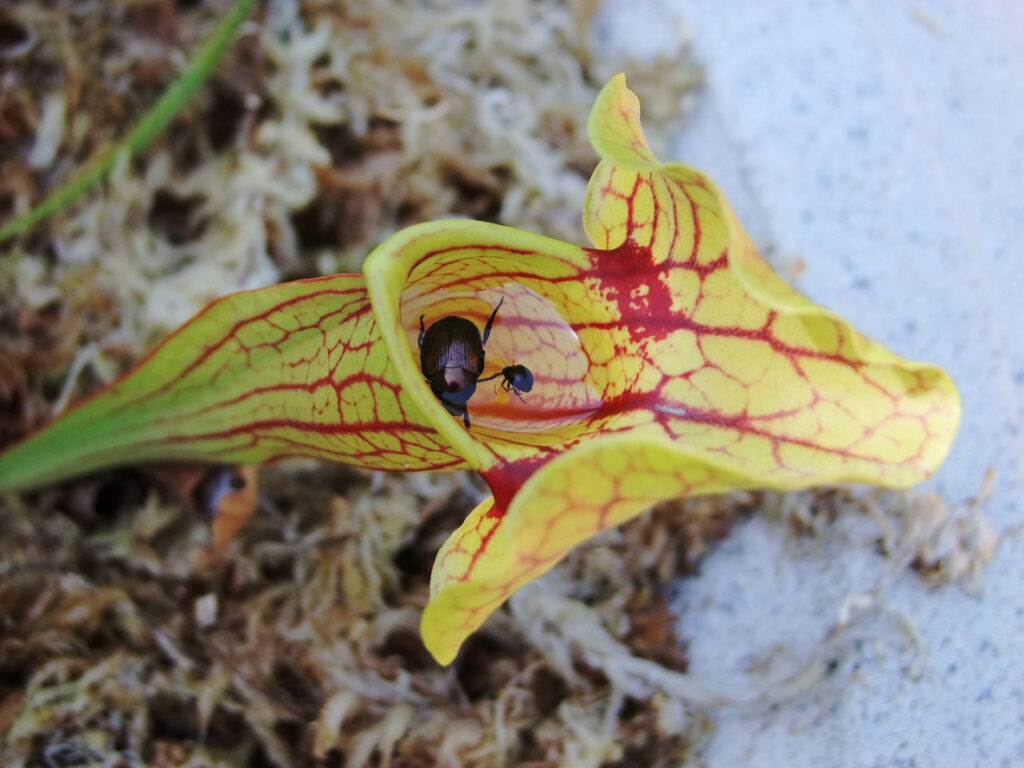
These plants don’t move at all, but that doesn’t make them any less effective. Pitcher plants have deep, cup-shaped leaves filled with liquid. Insects and even small animals are drawn to the nectar around the rim, only to slip and fall inside.
Once in, it’s nearly impossible to climb back out. The walls are slippery, the interior is often lined with downward-pointing hairs, and the liquid at the bottom contains digestive enzymes. It’s a passive trap with a one-way ticket. Some larger species have even been known to trap frogs and small rodents.
5. Corkscrew plants: the underground spiral trap
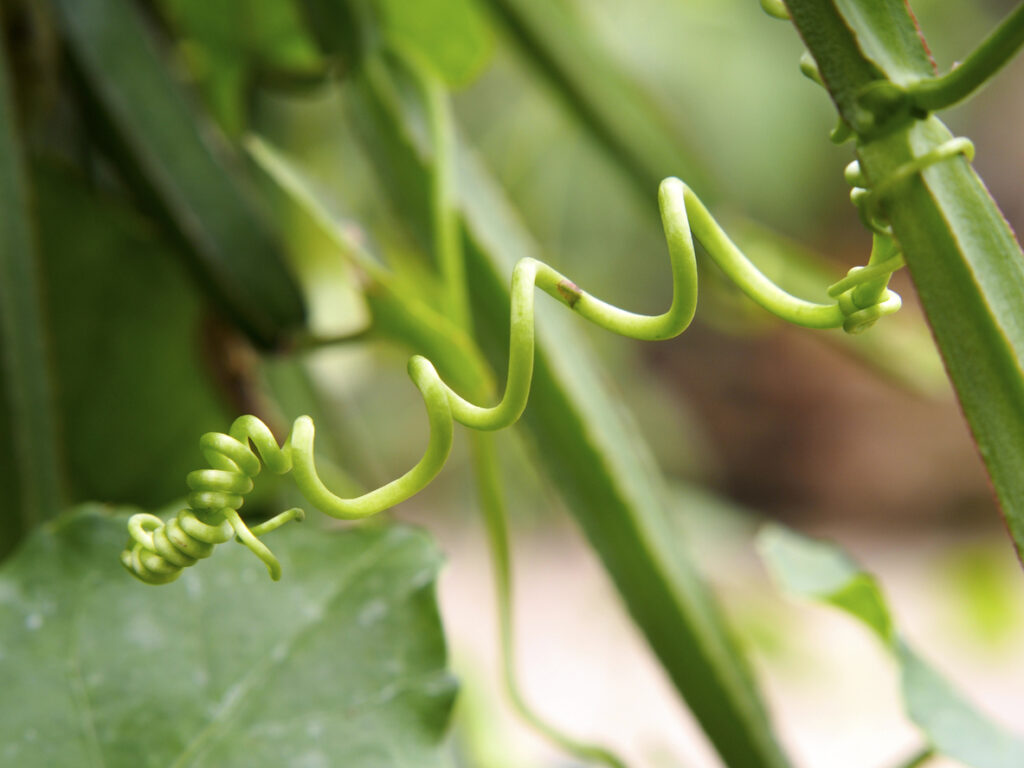
You’d probably never spot a corkscrew plant unless someone pointed it out. These low-growing swamp plants have tiny leaves and don’t look like much above ground, but below the surface, they’re all business.
Their roots form spiral-shaped tunnels lined with tiny hairs that lead prey, like protozoa or small aquatic creatures, in one direction, straight into a dead end. There, the plant slowly digests them. It’s one of the few carnivorous plants that uses its roots, not its leaves, to hunt, which makes it even more quietly impressive.
6. Triphyophyllum: the part-time carnivore
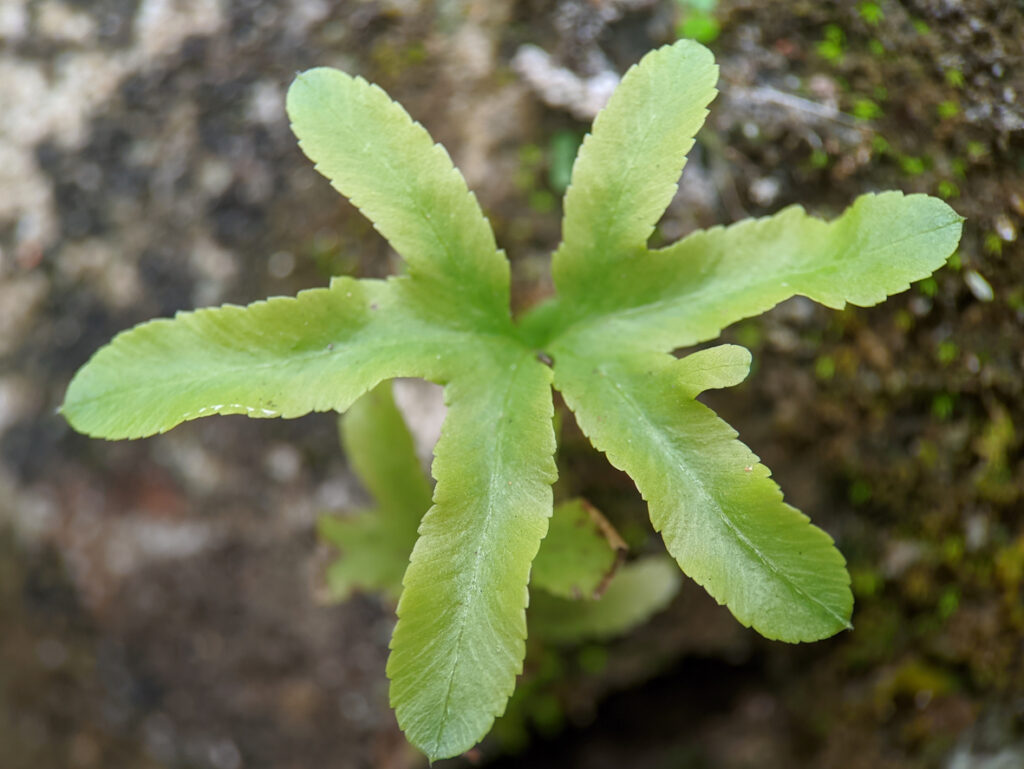
Native to West Africa, triphyophyllum is a rare and strange vine that only becomes carnivorous for a brief part of its life. When it’s young, one of its leaf stages produces sticky hairs that can trap insects. But as it matures, the carnivorous structures disappear and the plant becomes more of a typical vine.
Scientists still don’t fully understand why it only hunts during one phase, but it might be a nutritional boost that helps it kickstart growth in poor soil. Either way, it’s a clever system—a brief foray into carnivory when it’s most useful, and then back to climbing like nothing ever happened.
7. Byblis: the rainbow plant that lures with sparkle
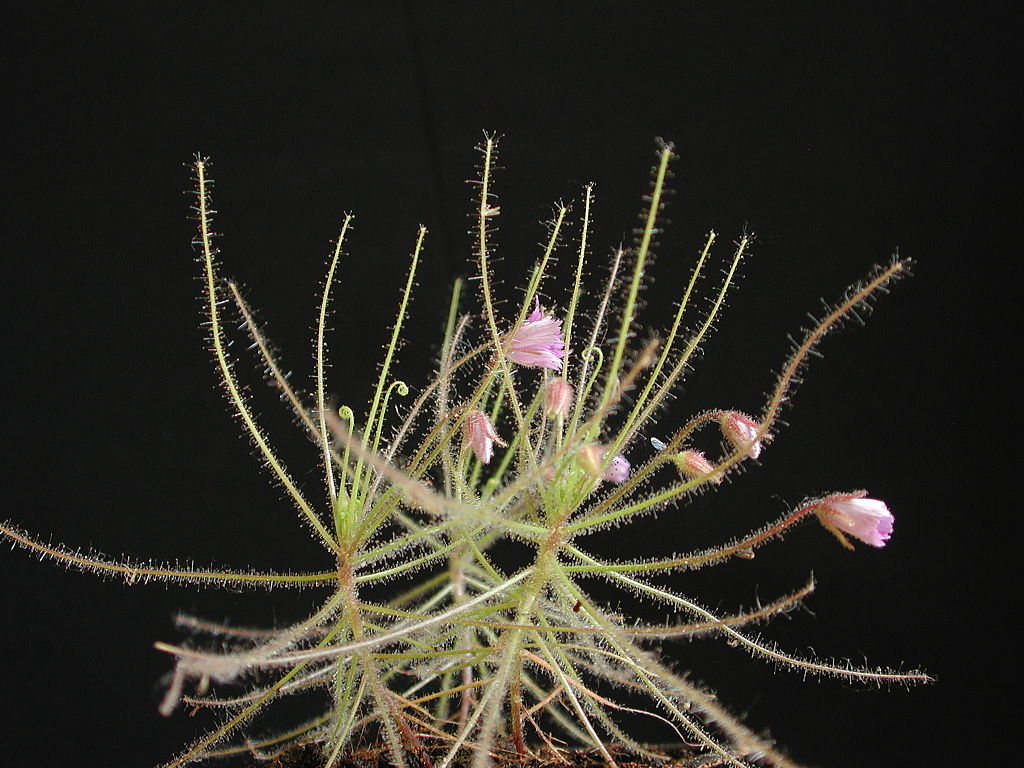
Often mistaken for sundews, Byblis plants have a similar strategy—sticky, sparkling glands that attract insects like tiny disco balls. But genetically, they’re totally different, and their traps are a little less advanced.
Unlike sundews, Byblis doesn’t move its tentacles once an insect lands. It just lets the glue do the work. The sparkle effect is what makes it so successful. Insects can’t resist the shimmer, and once they land, they’re stuck for good. It’s proof that in nature, style can be substance.
8. Nepenthes rajah: the rodent-catching pitcher
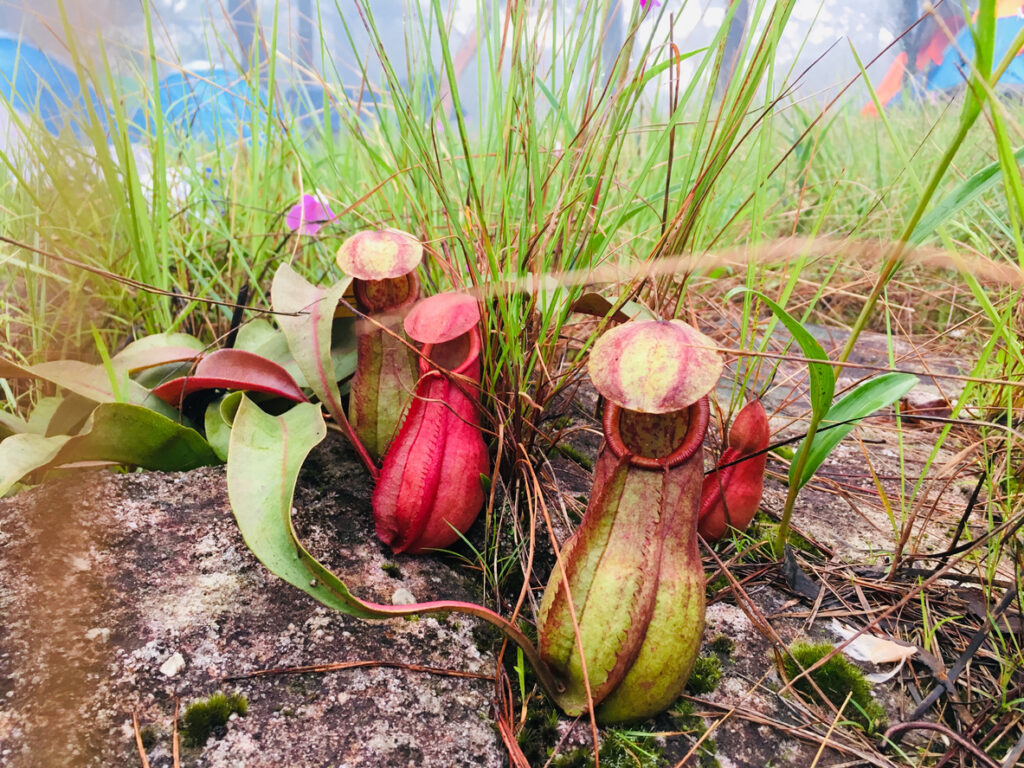
This giant pitcher plant, native to Borneo, doesn’t just trap bugs—it’s big enough to catch and digest small vertebrates like mice and frogs. The inside of the pitcher can hold over a litre of fluid, and the rim is so slippery that even clever animals can’t get a grip.
Occasionally, small mammals fall in while trying to drink from the edge. What follows is slow but effective digestion. These plants don’t rely on force—they just set the trap and wait. The scale is what’s most impressive, making them one of the most unexpectedly powerful carnivores in the plant world.
9. Roridula: the killer with a digestive assistant
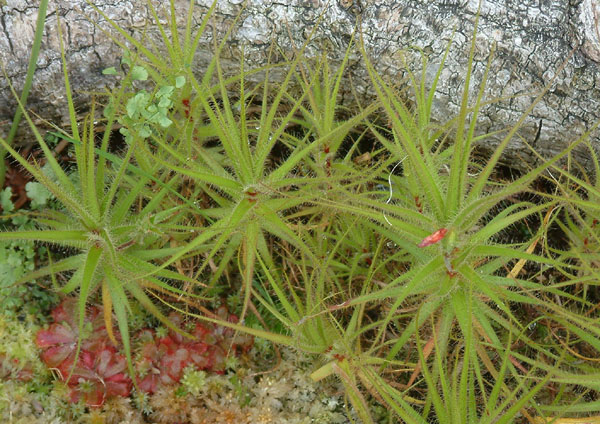
Roridula plants are covered in long, sticky hairs that trap insects much like sundews or Byblis, but with a twist. Roridula can’t actually digest the prey on its own. Instead, it relies on a symbiotic relationship with specific bugs, like assassin bugs, that feed on the trapped insects and then leave behind nutrient-rich waste.
The plant absorbs those nutrients through its leaves, essentially outsourcing digestion. It’s a clever workaround: the plant doesn’t need enzymes of its own when it has a clean-up crew doing the work. It’s not just carnivory—it’s a full ecosystem in miniature.
10. Drosera glanduligera: the fast-acting snap sundew
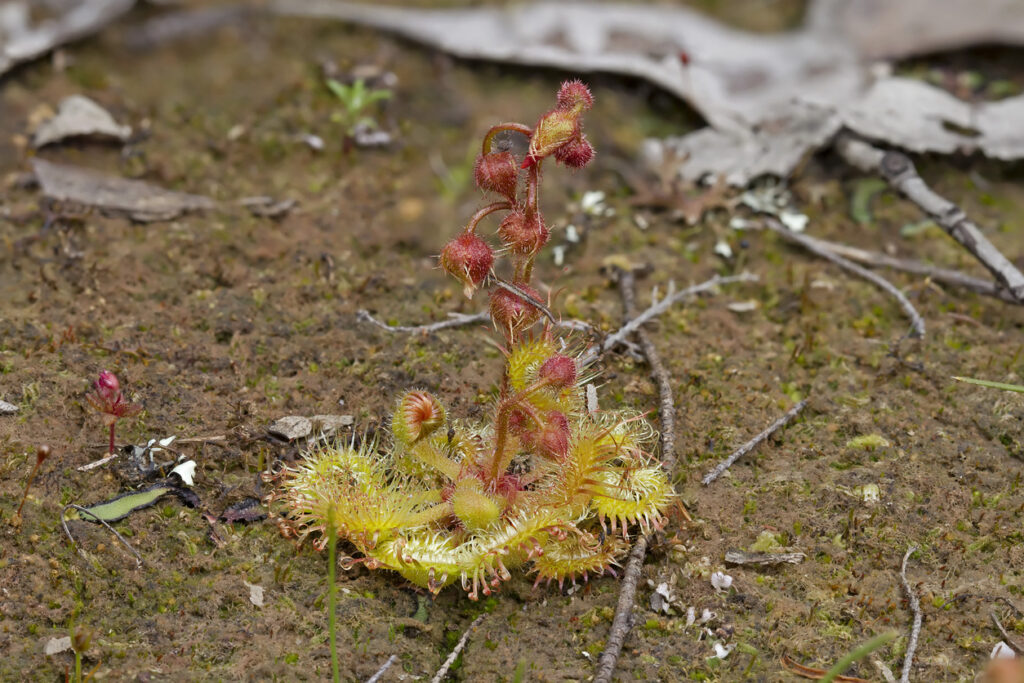
Most sundews work slowly, but Drosera glanduligera breaks the mould. It combines sticky glue with snap tentacles that can fling prey onto its sticky centre in milliseconds. Once the insect lands, it’s trapped and digested like any other sundew, but the initial catch is shockingly quick.
This hybrid strategy makes it one of the most advanced insect traps in the plant world. It blends movement and chemistry into one coordinated attack, showing just how evolved plant predation can be. It’s not just about waiting—it’s about acting at exactly the right time.